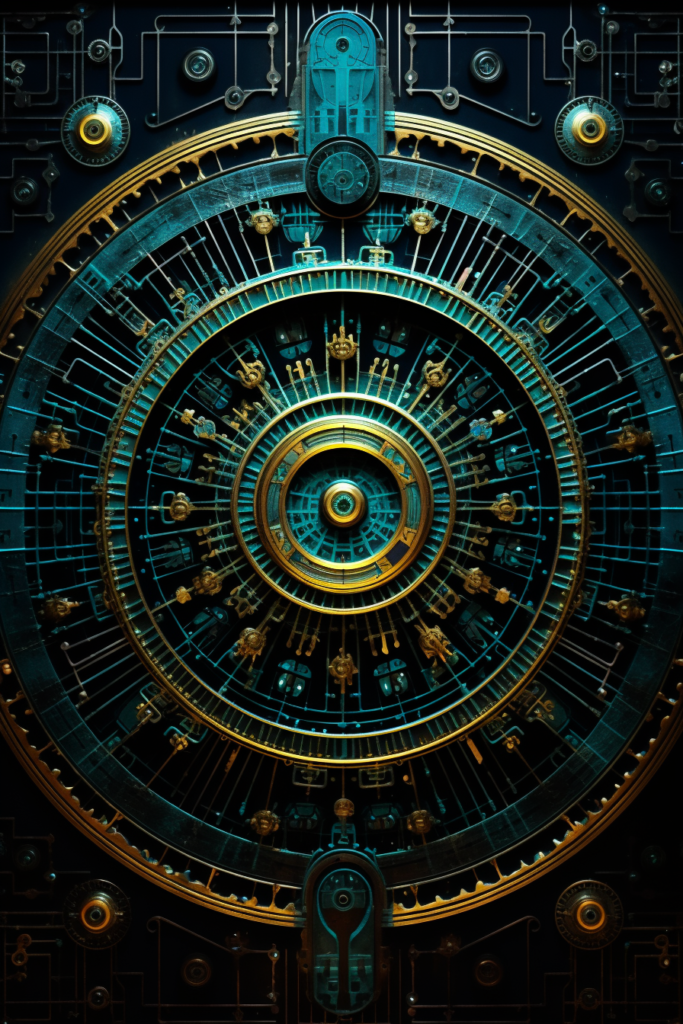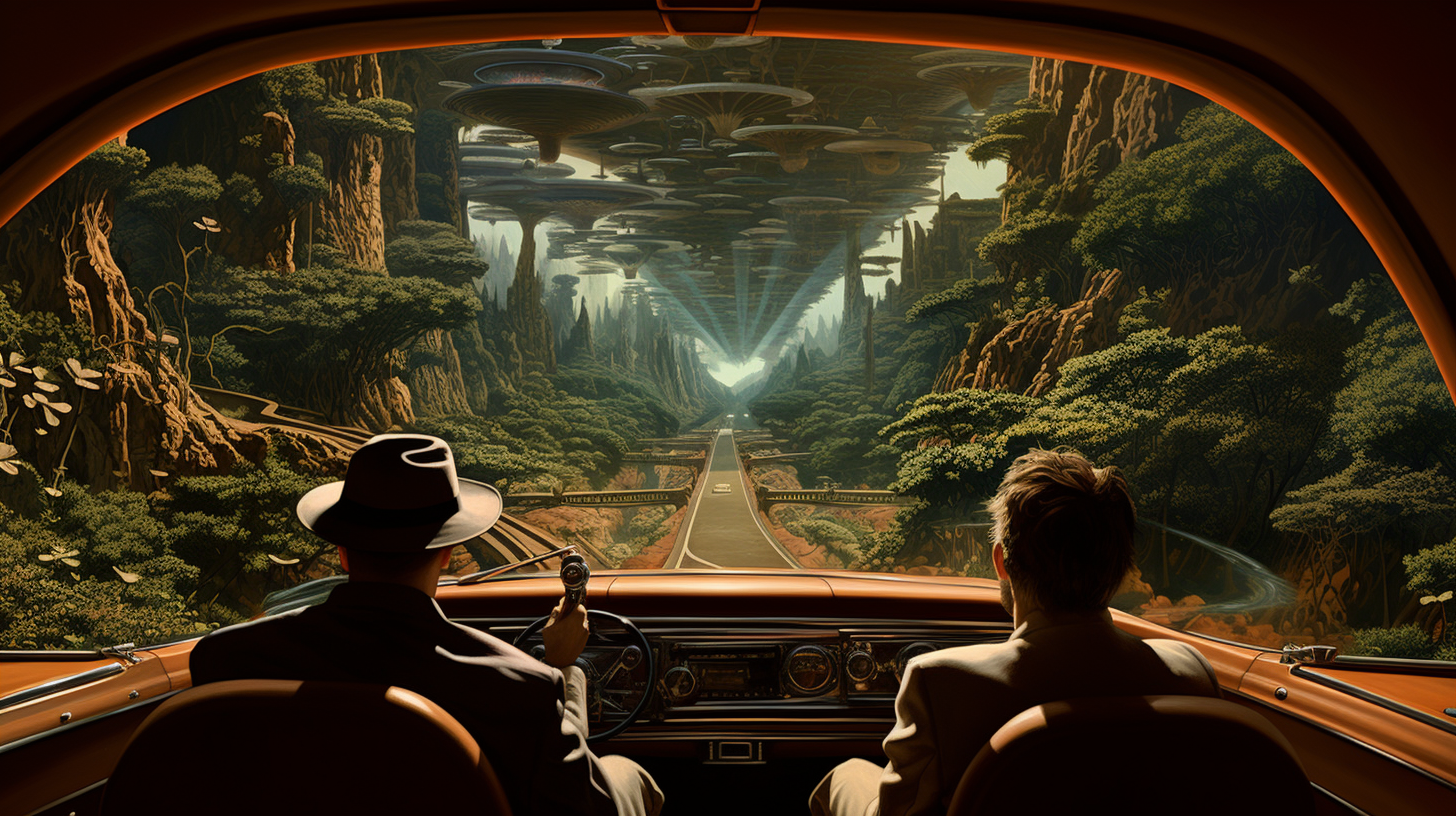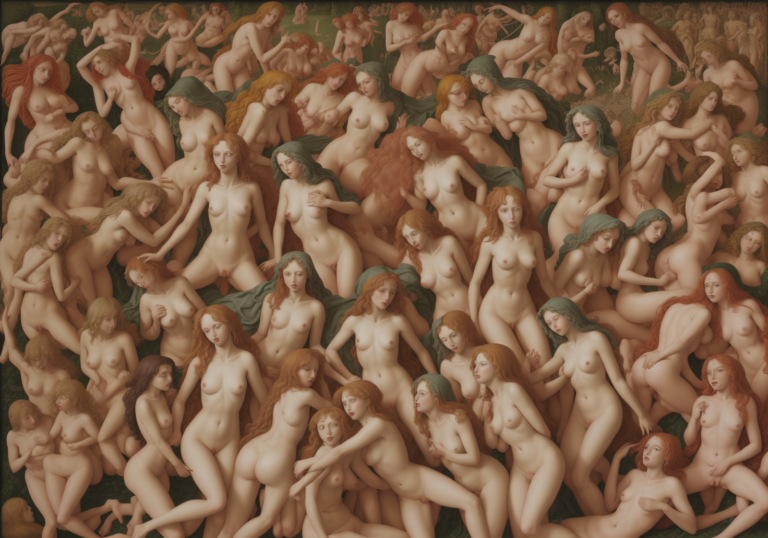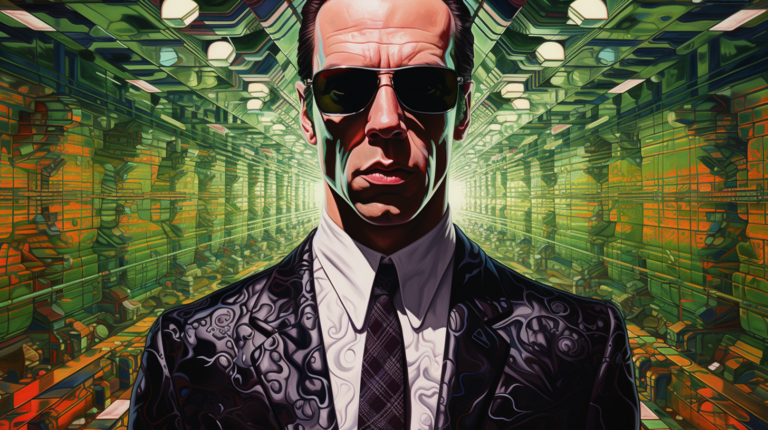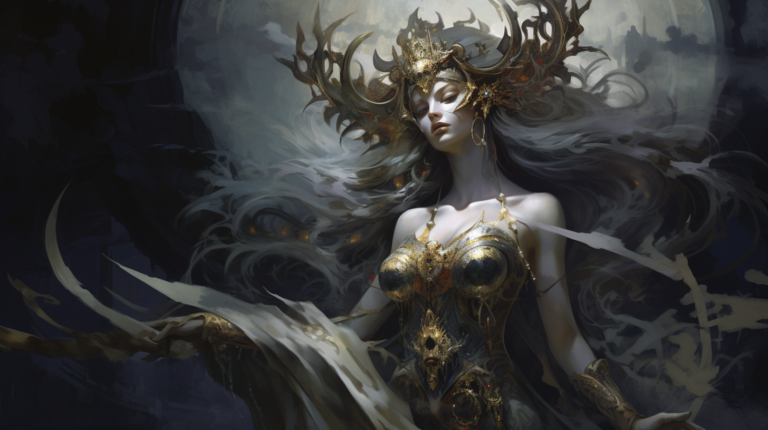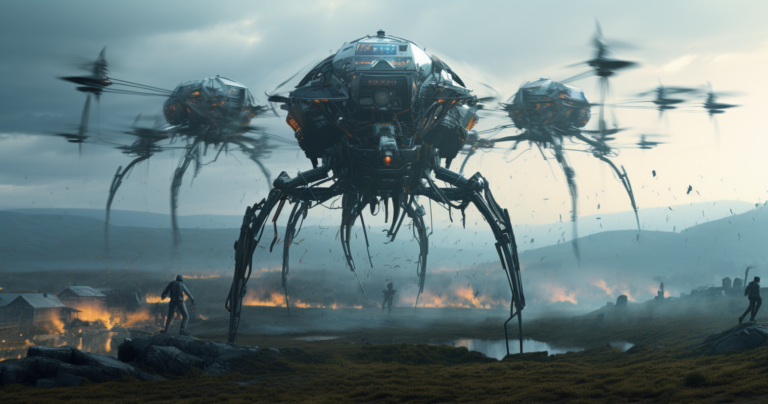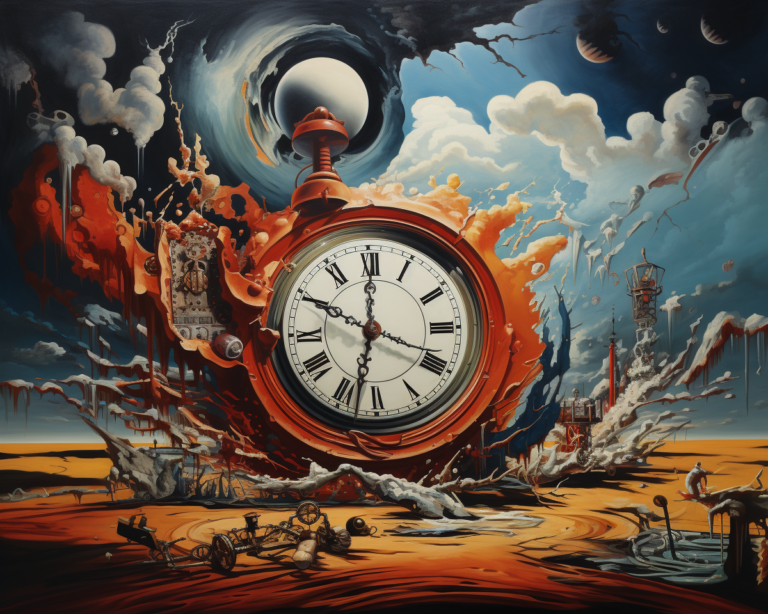Roger Zelazny’s Amber Series: A Visionary Tale that Foreshadowed Modern AI and AI Art
Roger Zelazny‘s Amber series has left an indelible mark on the realm of science fiction, thanks to its visionary storytelling that seemingly predicted modern AI and AI art. Spanning from 1970 to 1991, the series masterfully explores a multiverse of parallel worlds and the characters’ ability to traverse between them. As we delve into the remarkable narrative, it becomes evident that Zelazny’s work anticipated several aspects of today’s AI technologies and their artistic implications.
The Infinite Potential of Parallel Worlds:
At the heart of the Amber series lies the concept of parallel worlds, known as “shadows,” where various realities coexist (Nine Princes in Amber, 1970). This intriguing idea closely parallels the modern concept of AI and machine learning’s boundless potential. Just like the characters journeying between shadows, AI algorithms explore countless possibilities to generate unique outcomes, a reflection of Zelazny’s visionary insight into the future of technology.
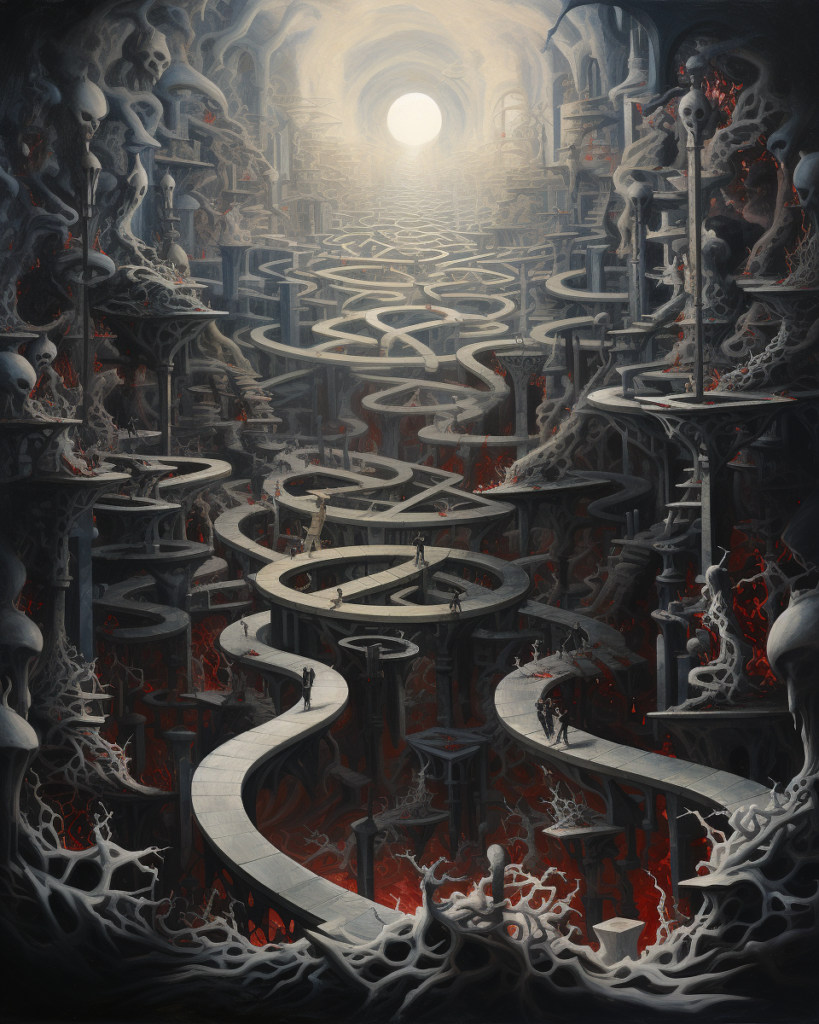
Zelazny’s Shadows and AI Art: A Journey Through Infinite Creativity
Roger Zelazny’s Amber series introduced readers to the concept of “shadows,” alternate realities that exist parallel to the true world of Amber. Traveling through these shadows allowed the characters to explore diverse realms with unique landscapes, cultures, and possibilities. Surprisingly, Zelazny’s visionary concept of shadows finds intriguing parallels in the world of AI art, where generative algorithms open doors to an infinite canvas of creativity. This article delves into the fascinating connection between Zelazny’s shadows and the transformative potential of AI art.
In the Amber series, shadows represent an unending tapestry of possibilities, offering the characters a vast playground for exploration. Similarly, AI art utilizes generative algorithms to traverse countless creative pathways, each yielding unique artworks, music, and literature. The comparison between Zelazny’s shadows and AI art underscores the boundless potential for artistic expression in both fictional worlds and our AI-powered reality.
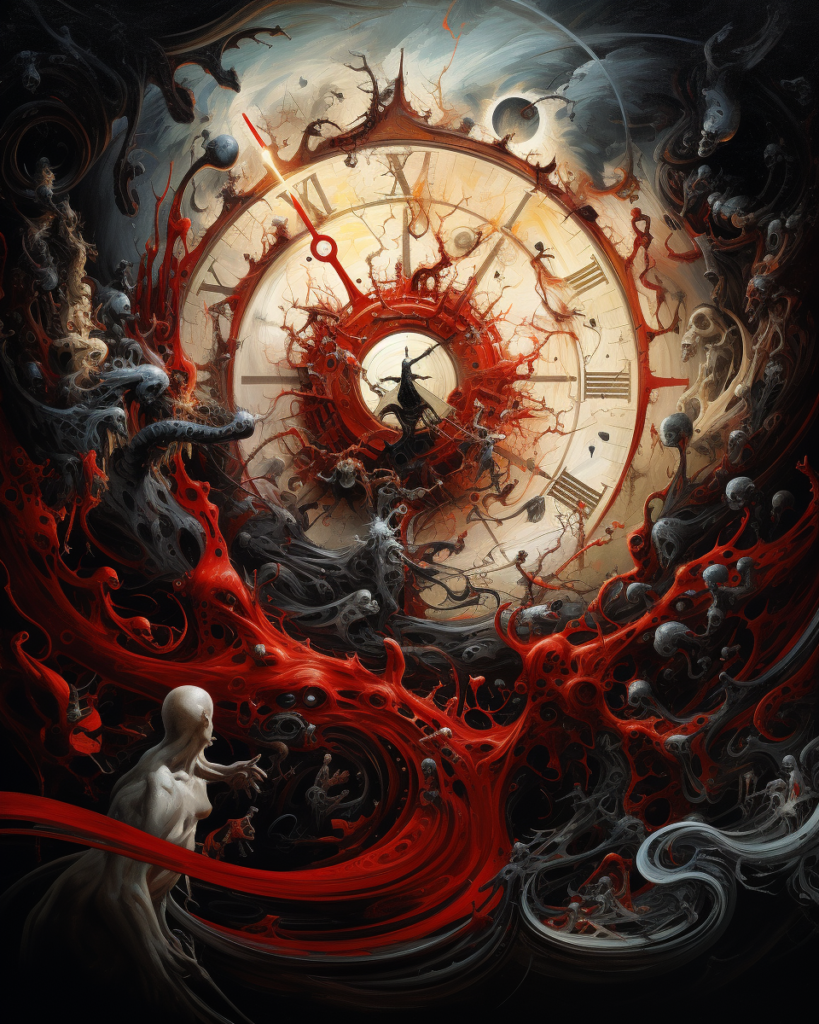
Traveling through Shadow is Much Like Trying to Find that Perfect Picture in Midjourney
For the characters in the Amber series, traveling through shadows requires a vivid imagination and willpower to envision the destination they seek. Likewise, AI art relies on the creative prowess of human programmers who craft algorithms that can learn, generate, and adapt artistic styles and forms. Just as the characters explore new realms through their thoughts, AI art stretches the boundaries of creativity by producing art informed by human imagination and training data.
“There is Shadow and there is Substance, and this is the root of all things. Of Substance, there is only Amber, the real city, upon the real Earth, which contains everything. Of Shadow, there is an infinitude of things. Every possibility exists somewhere as a Shadow of the real.” – Nine Princes in Amber (January 1970)
In Zelazny’s world, the characters can manipulate shadows to create environments aligned with their desires. In a parallel sense, AI art algorithms can be fine-tuned to generate specific styles or themes, just as an artist might carefully choose their medium, palette, and techniques to achieve a particular aesthetic. The ability to shape reality within Zelazny’s shadows and the realm of AI art highlights the power of creativity to influence the artistic outcome.
As the characters in the Amber series use their consciousness to traverse shadows, the interaction between their will and the shadow’s landscape becomes a collaborative endeavor. Similarly, AI art exemplifies the synergy between human creativity and machine execution. AI algorithms act as tools that amplify human vision, enabling artists to achieve new levels of complexity and innovation in their artistic pursuits.
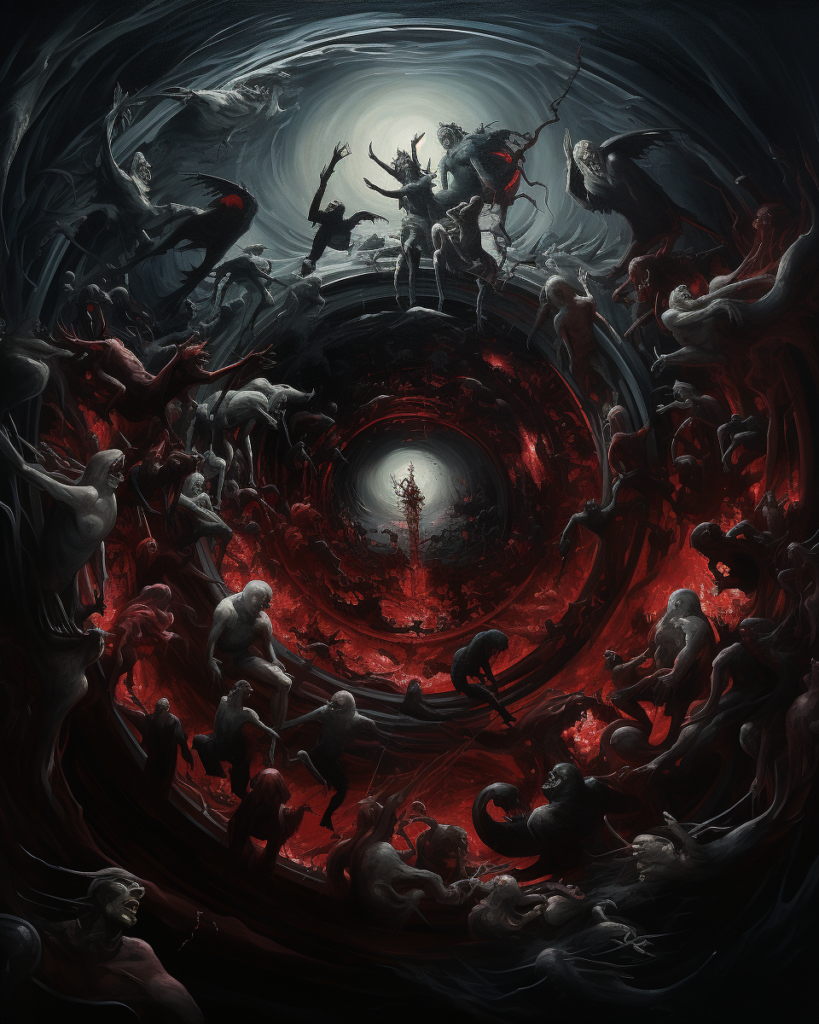
Endless Uncharted Realms…
The allure of shadows in Zelazny’s series lies in the prospect of discovering uncharted realms and untapped potential. Likewise, AI art pushes the boundaries of artistic exploration, generating novel and unconventional artworks that might have eluded human artists. The amalgamation of AI and human creativity encourages artists to venture into unexplored territories and embrace innovative expressions.
Roger Zelazny’s concept of shadows in the Amber series not only captivated the imagination of science fiction enthusiasts but also holds profound relevance in the realm of AI art. The infinite canvases of shadows and AI-generated creativity highlight the potential for technology to augment and enrich human artistic expression. Just as Zelazny’s characters embarked on exciting journeys through parallel worlds, AI art allows artists to embark on groundbreaking creative journeys alongside intelligent algorithms.
“Now that I’ve got the sky, I’m going to try for the terrain,” he said. And the rock
sheet became rocks, as we drove along. There was bare, black earth between, After
a while, there was more earth and fewer rocks. Finally, I saw splotches of green.
First a bit of grass here and there. But it was a very, very bright green, of a kind
like yet unlike that common on Earth as I knew it.”
As AI art continues to evolve, it promises to democratize artistic creation and foster a new era of inspiration and innovation. The blending of human imagination and machine capabilities exemplifies the harmonious relationship between creators and AI, opening a new chapter in the history of art. Embracing the spirit of exploration seen in Zelazny’s shadows, artists and technologists have the opportunity to shape a future where AI art transcends boundaries and ushers in an era of boundless creativity.
Trumps: The Precursors of Digital Avatars:
Zelazny introduces the concept of “Trumps” in the Amber series – magical cards that facilitate communication and transportation across dimensions. These cards intriguingly resemble today’s digital avatars used in virtual reality and gaming environments. Like modern avatars, Trumps blur the lines between real and digital identities, foreshadowing the rise of virtual communication platforms and identities facilitated by AI.
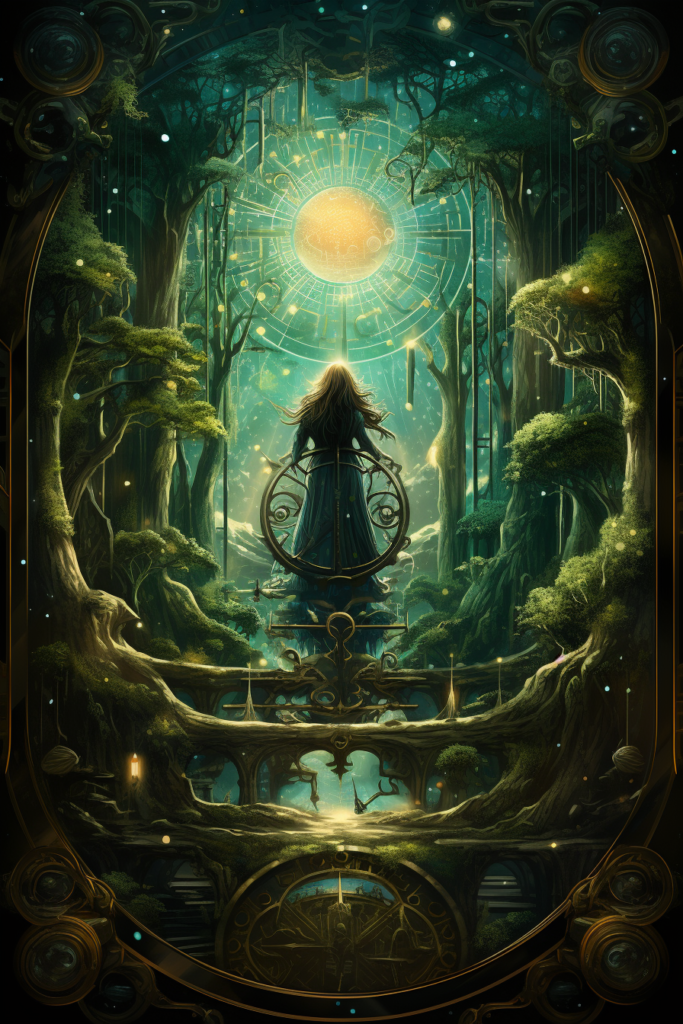
The Pattern: AI as the Architect of Reality:
In Zelazny’s world, the Pattern serves as a metaphysical representation of the universe, granting its wielders unparalleled power. This notion finds parallels in modern AI systems, which have become architects of our digital reality. AI algorithms analyze vast datasets, extract patterns, and shape our online experiences through personalized recommendations, targeted advertisements, and more. Zelazny’s portrayal of the Pattern aligns with AI’s emergence as a fundamental force shaping our contemporary world.
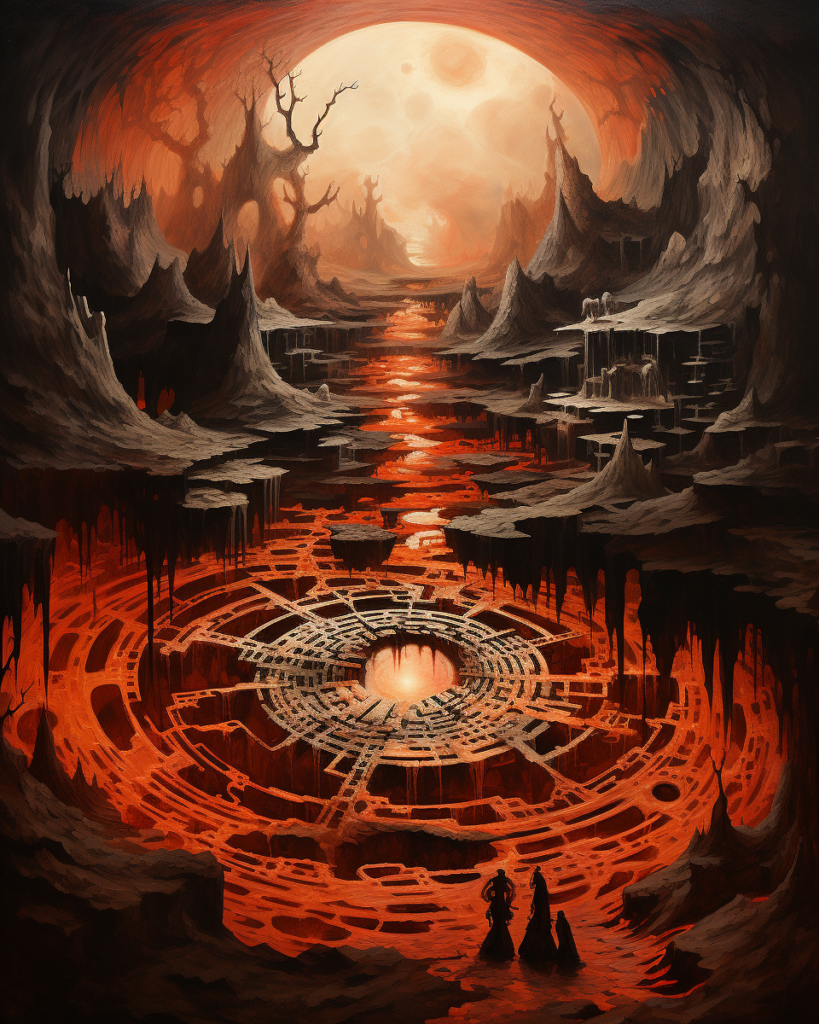
AI Art: The Creation of Ghostwheel (Blood of Amber – 1986):
As the Amber series progresses, Zelazny introduces Ghostwheel, a sentient computer program. Ghostwheel embodies traits of both advanced AI and artistic creativity, capable of crafting intricate and immersive fictional worlds. This portrayal foreshadows the advent of AI-generated art, where generative algorithms produce mesmerizing artworks, music, and literature, blurring the lines between AI and human creativity.
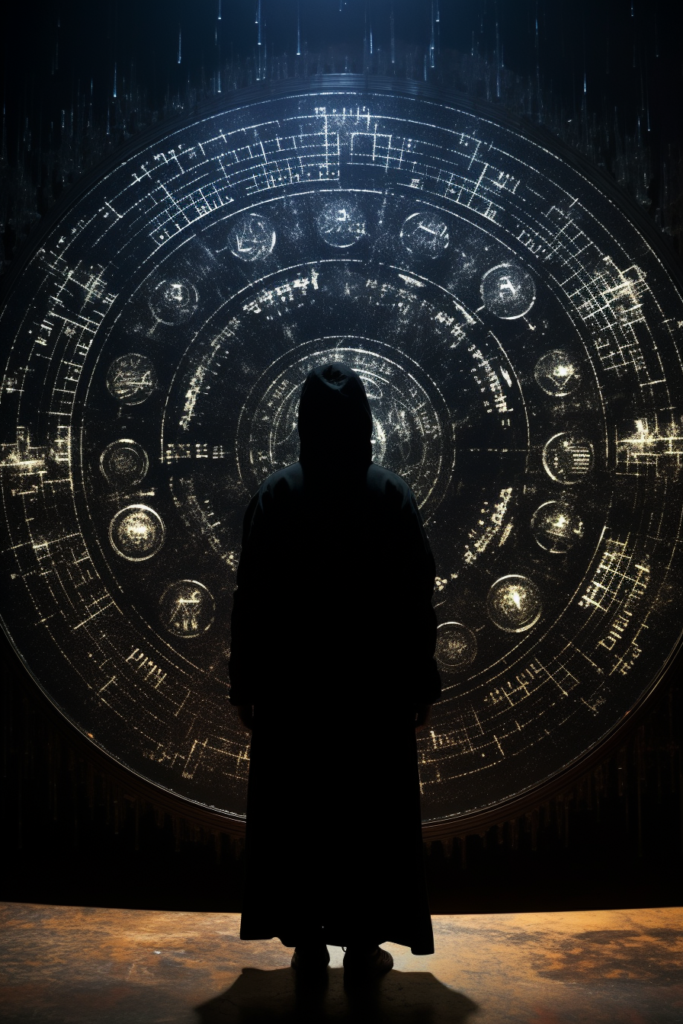
Ethical Dilemmas: AI and the Struggle for Power:
Throughout the Amber series, characters grapple with issues of power, responsibility, and the consequences of their actions. These ethical dilemmas resonate with the debates surrounding AI ethics, privacy, and the potential misuse of AI technologies in the real world. Zelazny’s exploration of these complex moral questions in a fantasy setting reflects the very real ethical quandaries we face in the age of AI.
Conclusion:
Roger Zelazny’s Amber series stands as a testament to his visionary imagination, foreshadowing key elements of modern AI and AI art. The multiverse concept, the use of avatars, AI as the architect of our digital reality, AI-generated art, and ethical dilemmas surrounding AI power are all themes that resonate strongly with today’s technological advancements. As we navigate the ever-evolving landscape of AI, the Amber series serves as a reminder to tread carefully, considering the ethical implications and harnessing AI’s potential to create a better and more imaginative future. This enduring masterpiece continues to inspire both science fiction enthusiasts and technologists, offering a glimpse of a world where imagination and technology intertwine seamlessly.
